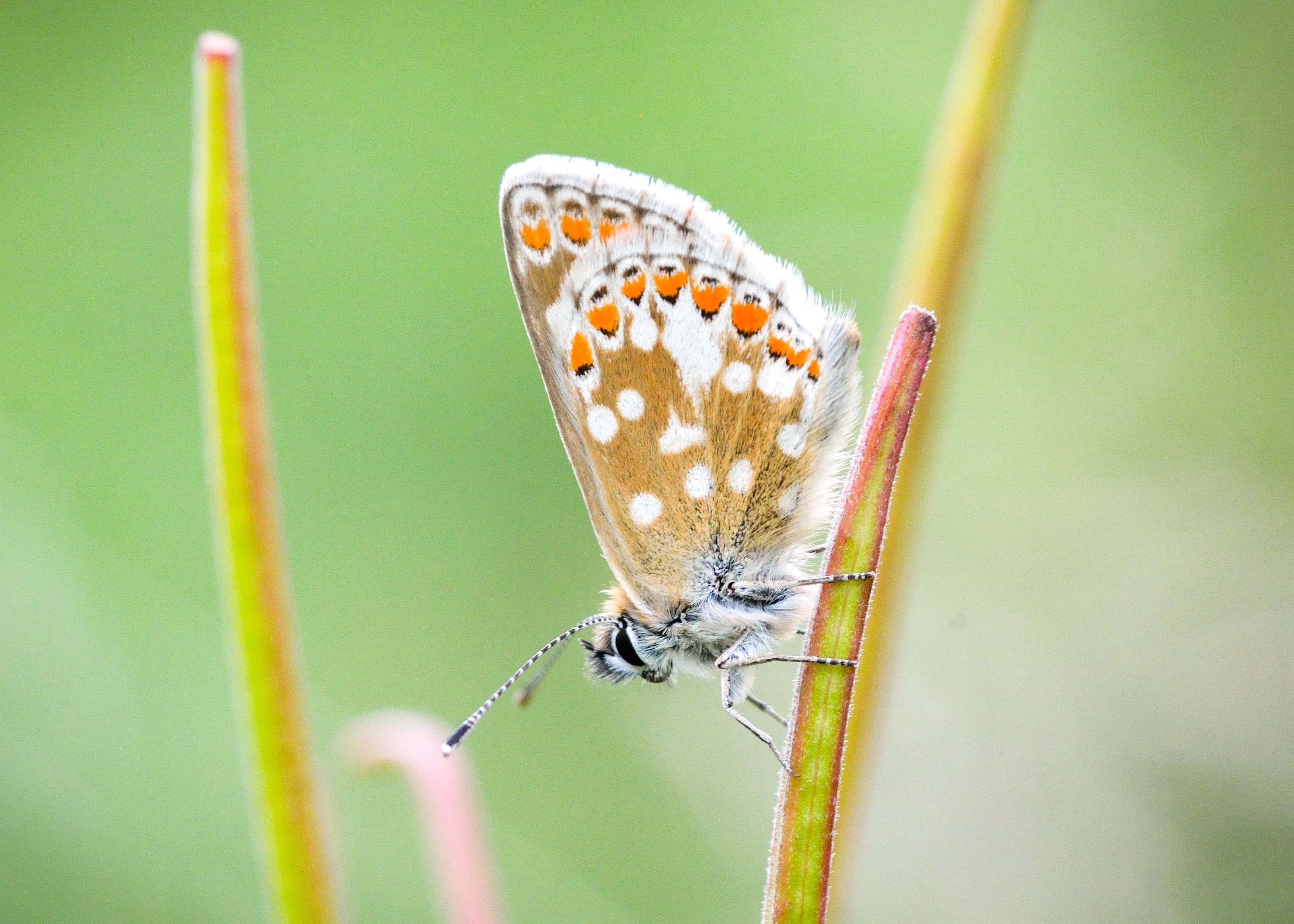16
Butterfly Conservation has been awarded £727,000 for a project to help farmers improve their land for wildlife and make their business more financially viable at the same time.The Scotland team will trial a host of experimental techniques at farms in the south of Scotland over the next six years.The funding has been given as part of the Borderlands Inclusive Growth Deal - an agreement between English and Scottish governments to invest £452 million to boost the economy around the border.Butterfly Conservation’s Head of Conservation for Scotland Dr Tom Prescott said: "This is a hugely exciting project for us: with this funding we can employ a dedicated project officer to work with farmers to maintain and enhance habitat for rare butterflies and other wildlife ."One of the reasons that people love this part of Scotland is that so much of the land is still managed in traditional ways that benefit wildlife, so if we can prove that landowners can maintain and restore important habitats then it preserves that Borders magic for visitors and the people and wildlife that live here."Butterfly Conservation's project focuses on an endangered butterfly - the Northern Brown Argus.This delicate orange-and-brown insect used to be much more widespread but its UK distribution plummeted 56% between 1990 and 2018.This is largely because the Northern Brown Argus caterpillars only eat one plant - the Common Rock Rose - and this is usually only found in species-rich grassland of which some 90% has been lost in the UK in the past century.Today, 80% of the UK population of Northern Brown Argus is found in Scotland and half of that is in the Borders, Dumfries and Galloway. What's more, the Scottish sub-species is different to the English one and believed to be endemic - found nowhere else in the world.Butterfly Conservation volunteers with the charity's East Scotland branch have been surveying Northern Brown Argus in the Borders since 2016 and say that more than half the sites assessed are now under threat, mainly disappearing under tree planting schemes or being overrun by bracken, gorse and other scrub that shades out wildflowers and grasses.This kind of species-rich grassland is best maintained by light livestock grazing which has led to a long and close association between the butterfly and farmers. The Northern Brown Argus is also an 'indicator species' - the number breeding in any location gives a useful guide to the wider health of the natural environment for a host of other wildlife including invaluable pollinators such as bees.The Borderlands Inclusive Growth Deal was signed in March 2021 and the administration is overseen by a partnership made up of Cumberland Council, Dumfries and Galloway Council, Northumberland County Council, Scottish Borders Council and Westmorland and Furness Council.Butterfly Conservation’s project is the first to be awarded funding in the Borders as part of the wider Borderlands Natural Capital Scotland Programme, made up of six pilot projects aimed at supporting innovative ways of working with the environment, economic development, and land management. Councillor Euan Jardine, Leader of Scottish Borders Council and Borderlands Partnership co-chairman, said: "This project is the first to start delivery in our Natural Capital Scotland programme. It is an innovative project looking at how to develop the benefits of the natural capital of our region, working closely with farmers to improve their land while also increasing the bio-diversity and improving the natural capital of the Borderlands region."Butterfly Conservation will now employ a full-time member of staff to lead the investigation work.This will include engaging with local farmers, instigating surveys for Northern Brown Argus and trialling experimental techniques to convert scrub-laden hillsides into flower-rich grassland using machinery, grazing and volunteer groups. The charity is even hoping to try out remote-controlled robotic mowers.There will be a host of ways for locals to get involved, from volunteering opportunities to college science projects and work experience placements.The project officer will keep detailed accounts of the cost and effectiveness of the different techniques, and the charity will then submit its findings to the Scottish government in the hopes that it could influence future funding farmers receive for helping the environment. Dr Prescott added: "This project is all about restoring flower-rich habitats that we are losing at an alarming rate. The best way to manage this habitat just so happens to be by grazing, so we're working with farmers by making their businesses more financially viable and helping the environment at the same time. Win-win"
Butterfly Conservation has been awarded £727,000 for a project to help farmers improve their land for wildlife and make their business more financially viable at the same time.
The Scotland team will trial a host of experimental techniques at farms in the south of Scotland over the next six years.
The funding has been given as part of the Borderlands Inclusive Growth Deal - an agreement between English and Scottish governments to invest £452 million to boost the economy around the border.
You must log in or # to comment.


